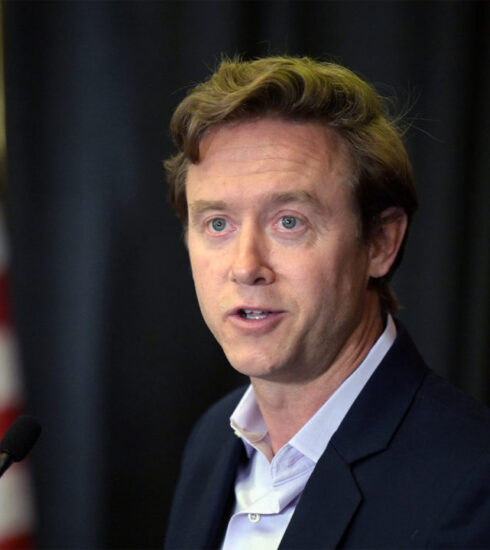U.S. President Joe Biden is asking the electorates for four more years in office “to finish the job.”
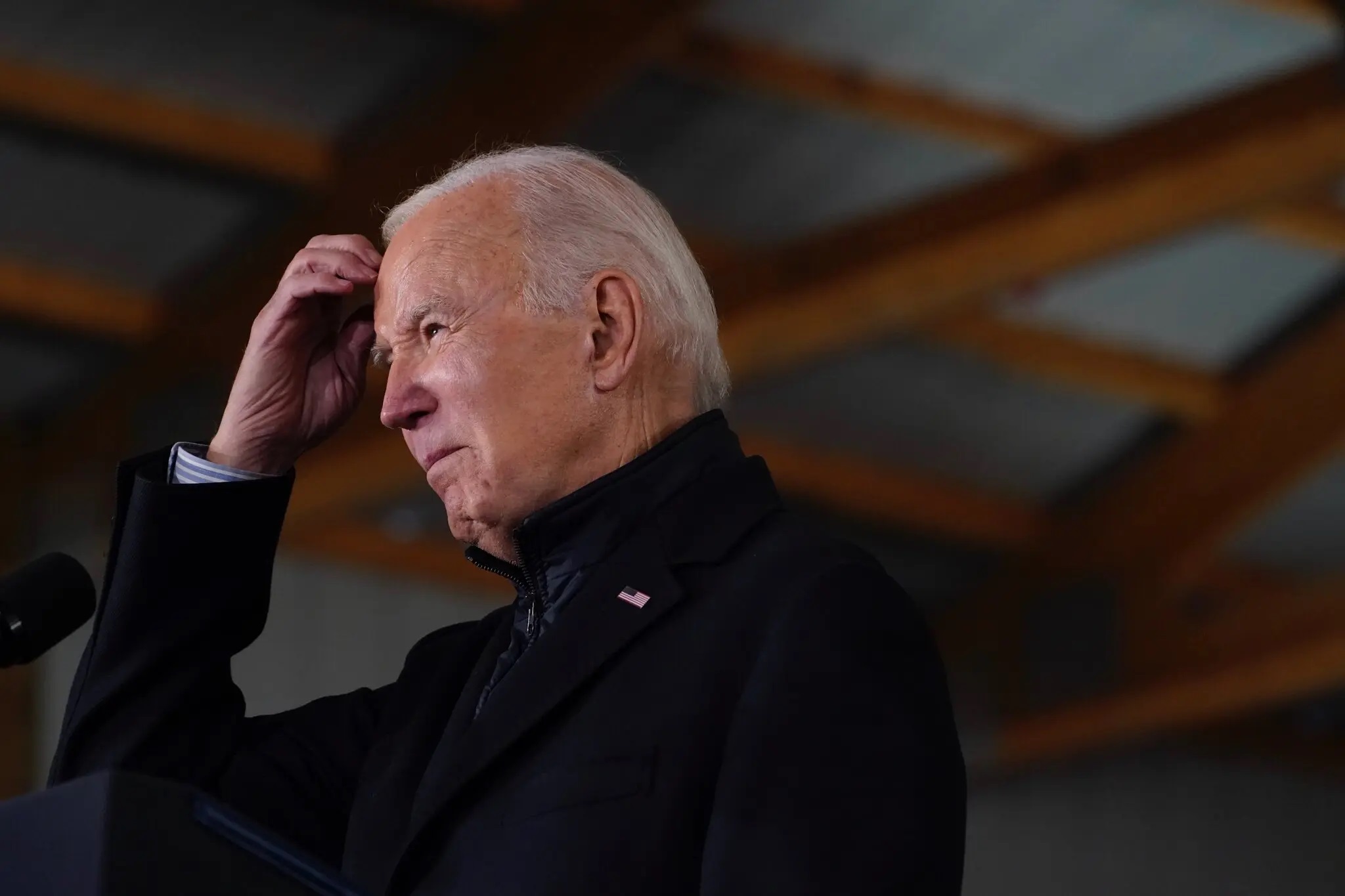
President Biden has fulfilled some of the promises he made in 2020, but not all.Credit-Politico
Whether voters grant him that wish in 2024 will depend heavily on how well they think he did in keeping all his promises from 2020. And when it comes to promises, Biden definitely made a whole lot of them. From getting a hold on the pandemic to reviving the ailing economy, safeguarding voting and access to abortion, stopping construction of the border wall, allowing Medicare to negotiate drug prices, ending the death penalty and re-establishing America’s stature abroad, Biden practically made promises that had the whole country drooling.
As President Biden ramps up his campaigns for re-election, Democrats have heralded a series of accomplishments under his tenure. At times, Biden has called attention to promises by his predecessor, Donald J. Trump that fell short.
But like all politicians, Biden has had to confront the reality that campaigning and governing are entirely two different things, especially under a divided government. Even as Biden has fulfilled some of the pledges he made in 2020, not all of those have come to fruition three years after his election.
On the one hand, President Biden has recommitted the United States to the Paris climate agreement, an international accord intended to reduce greenhouse gas emissions; canceled the permit for the Keystone XL Pipeline, which would have carried petroleum from Canada to Nebraska; and increased federal subsidies for people buying plans under the Affordable Care Act. On the other hand, he has been unable to push voting rights legislation or an assault weapons ban through Congress, and his ambitious and bold plan to forgive student debt was roundly rejected by the Supreme Court.
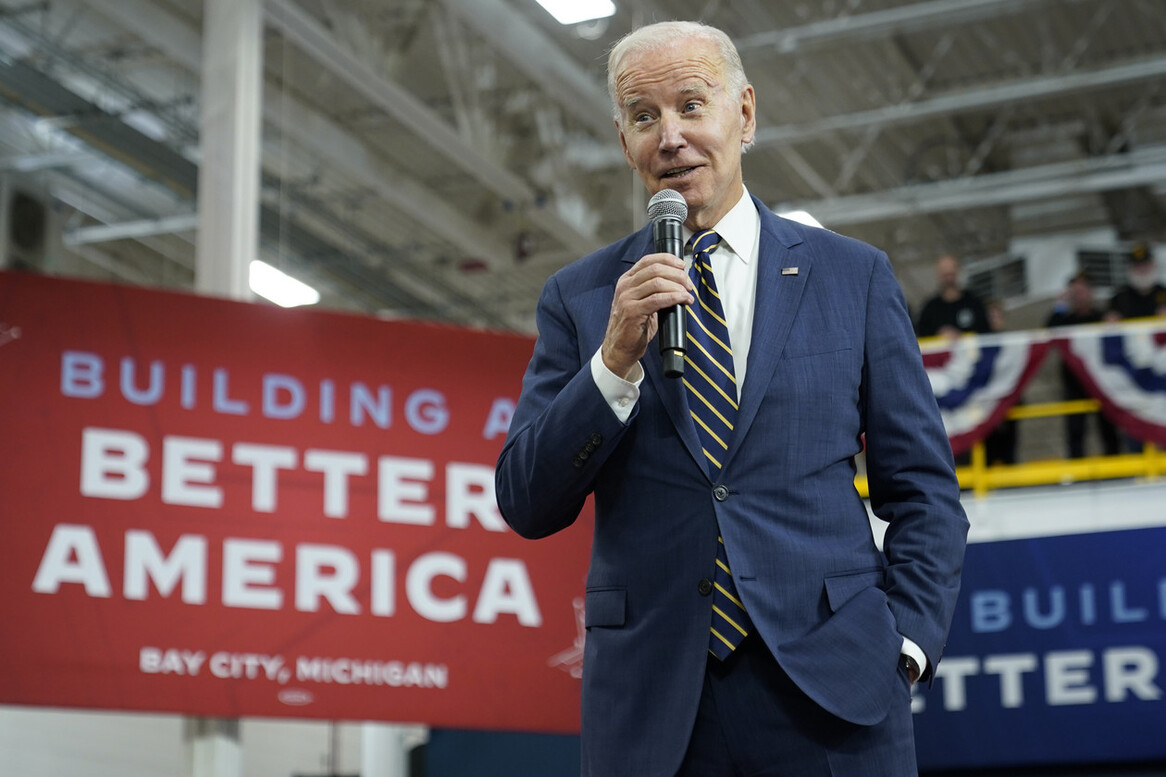
Biden presided over a swift economic recovery buoyed by bills he championed allocating billions of dollars in Covid aid, as well as major investments in manufacturing and infrastructure projects. Credit-Politico
During Biden’s campaign to get elected in 2020, he made Trump’s border wall a central part of his campaign. On his first day in office, he issued a proclamation ending the national emergency declaration that had been used to direct resources to building the wall.
But in recent times, the Biden administration has eased a variety of laws to allow for the construction of new barriers in Texas along the southwestern border. The move comes as the number of immigrants crossing the border without authorization surges, drastically altering the political pressures on Mr. Biden.
Biden has consistently maintained his view that a border wall is ineffective. But he said that the funding was appropriated for the border wall in 2019 and that Congress would not re-appropriate it — despite public calls by the administration to do so — meaning the funding had to be used for that purpose. A 1974 law requires the president to spend money as Congress directs, and White House officials have said the only way to potentially get around it was to file a lawsuit, which the administration chose not to do.
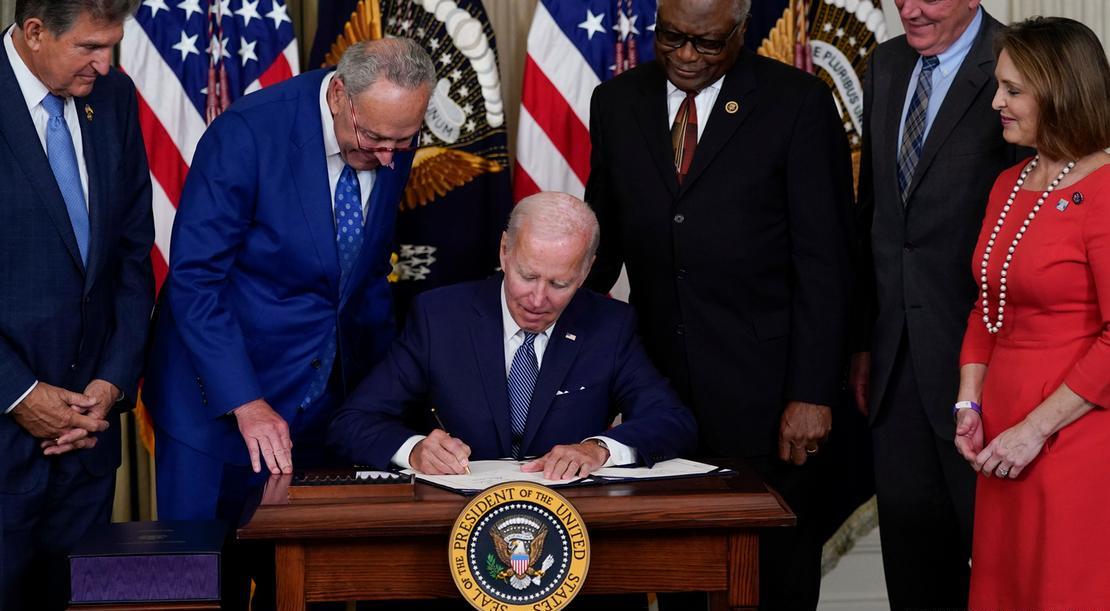
Joe Biden signed the Inflation Reduction Act in Washington in August, 2022. Credit-DW.com
Before that recent announcement, the administration authorized the completion of some small wall gaps.
During his 2020 campaign, Biden publicly criticized the Trump administration’s immigration approach and argued that it had defied American tradition by trying to “drastically restrict access to asylum in the U.S.” But the Biden administration has similarly tried to limit the asylum process to deter unauthorized migration. Biden made it clear on his campaign website that one of his goals was to “End Trump’s detrimental asylum policies.”
In May 2023, the administration enacted a rule that presumes most migrants who illegally cross the border from Mexico between ports of entry are ineligible for asylum. The rule disqualifies most asylum seekers if they entered the United States without an appointment at an official entry point or cannot prove they sought legal protection in another country they crossed.
There are exceptions though. It does not apply to unaccompanied children or migrants who can show there was an imminent threat to life, for example, but critics say the approach is similar to Trump’s.
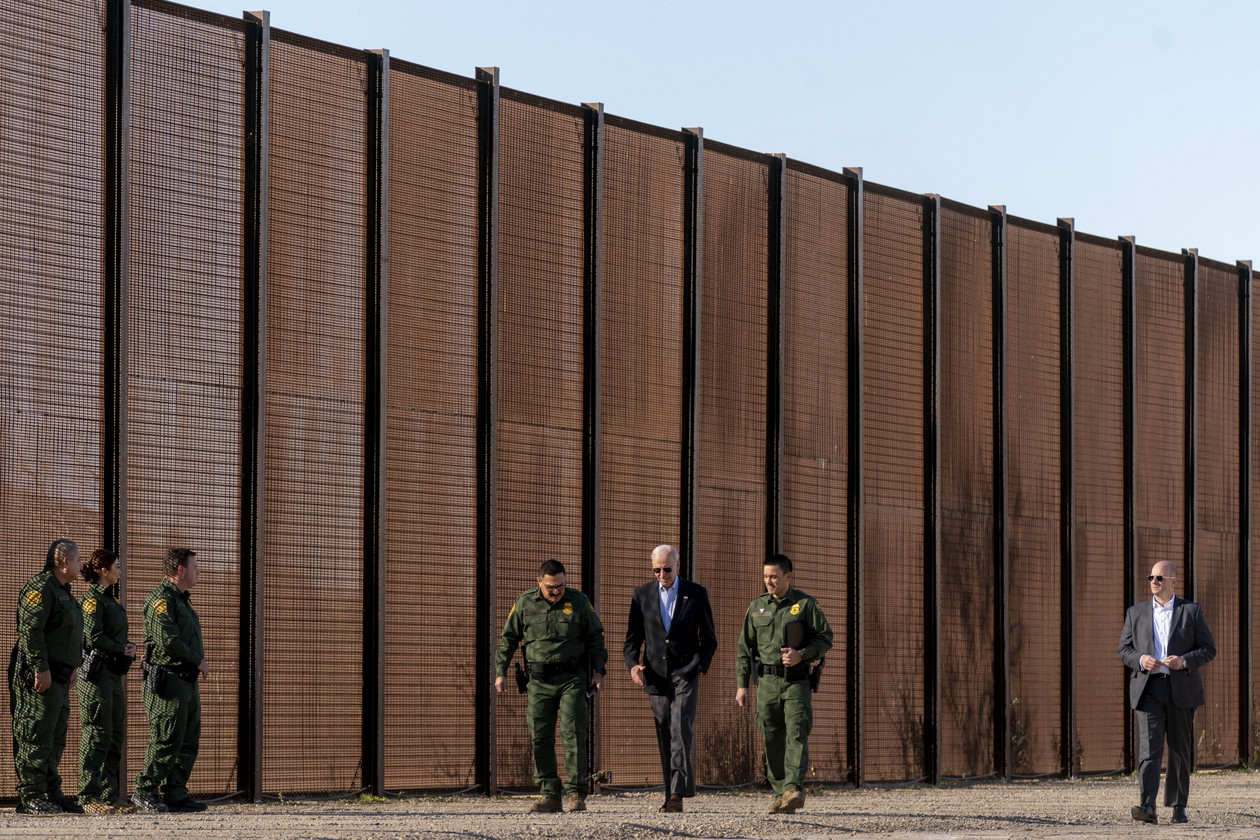
Like the Trump administration, Mr. Biden has tried to limit the asylum process to deter unauthorized migration. Credit-New York Times
On the issue of immigration more broadly, Biden’s allies in Congress did propose a bill in 2021 that would have overhauled the immigration system, but it ultimately faltered. Until early last year, he also kept in place Title 42, a pandemic-era health rule enacted by the Trump administration to quickly expel immigrants who crossed into the country illegally.
On the issue of taxes, Biden was quoted at a campaign rally as saying “I guarantee you, on my word as a Biden, no one making less than $400,000 will pay a single penny more in taxes. Not a penny.”
Biden has not raised taxes for taxpayers under this threshold, as he had promised. He has instead focused on increasing taxes for corporations and those making more than $400,000. His budget proposal for fiscal year 2024, for example, proposed increasing the Medicare tax rate from 3.8 percent to 5 percent for income above $400,000.
A lot of analysts estimate that tax increases on corporations could have an indirect effect on people throughout the income scale, because the burden is often passed along, at least in part, to consumers and workers through, say, lower wages or stock values. While estimates differ, a 2022 Tax Foundation analysis found that, in the long run, the Inflation Reduction Act may reduce after-tax income by about 0.2 percent for most income groups — including those earning less than $400,000.
Regarding healthcare, a promise pulled off his campaign website stated that “The Biden plan will repeal the existing law explicitly barring Medicare from negotiating lower prices with drug corporations.”
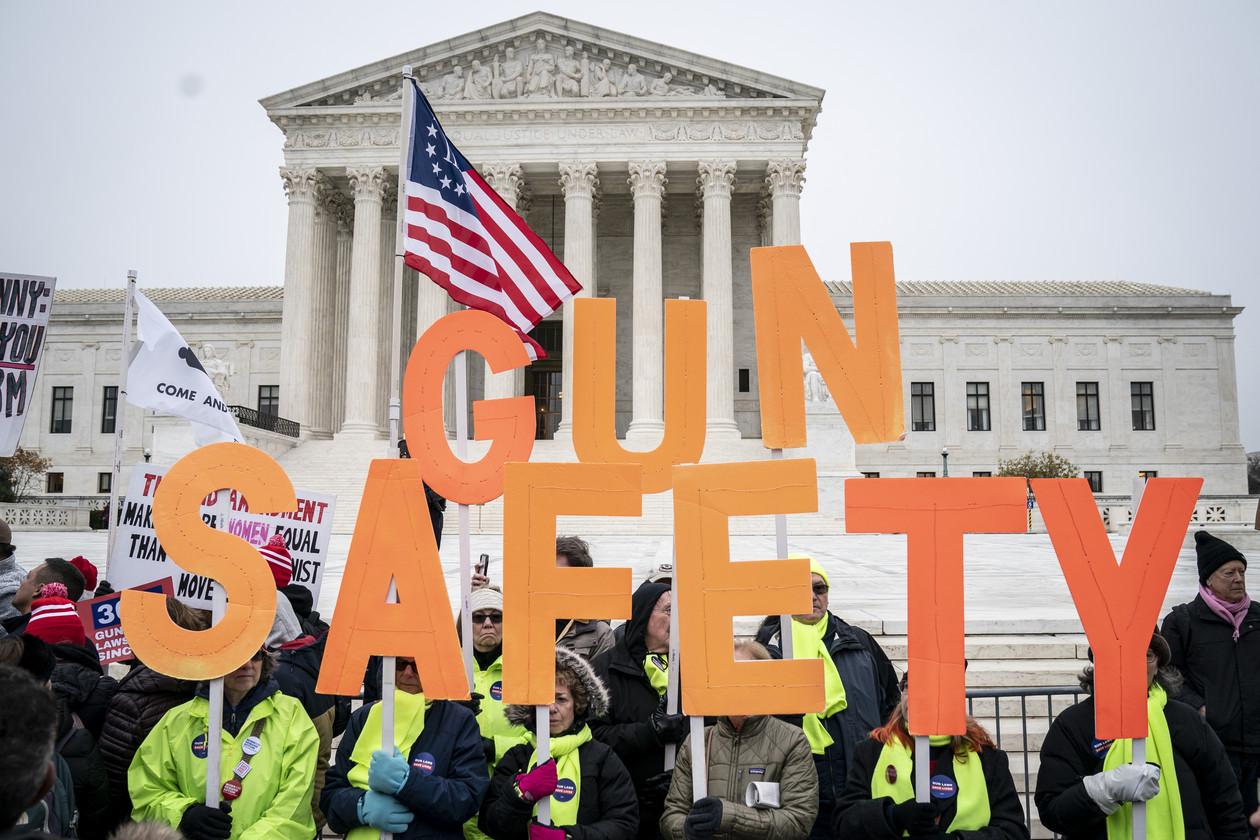
Biden himself recently admitted he’s effectively powerless on the issue, saying he’s “gone the full extent of my executive authority to do, on my own, anything about guns.” Credit-Colorado Times
As president, Biden did sign legislation authorizing the federal government to negotiate lower prices of some medications for Medicare recipients — not by repealing the existing law, but by adding an exception.
That measure was part of the Inflation Reduction Act approved in 2022. The Congressional Budget Office has estimated the program could save the government about $100 billion over a decade. Pharmaceutical companies have filed multiple lawsuits in an effort to halt the drug-pricing program.
Biden during a public debate on his campaign trail said he would do everything within his power to pass Obamacare with a public option — become Bidencare.
Since assuming office, Biden unfortunately has not taken formal action to try to make this proposal a reality. In fact, he has rarely mentioned his vow for a public option, which would give Americans a choice to sign up for a government-run health plan.

Biden proposed tripling Title I funding, which provides assistance to local schools to benefit low-income students. Credit-New York Times
It’s fair to say that President Biden has not strongly pushed the idea of a public option since coming into office. Biden’s first budget proposal, for fiscal year 2022, addressed his desire for a public option, albeit with few details. Getting a public option through Congress would, like some other campaign proposals, be a major challenge without a doubt.
On the Education front, a major promise of Biden has seen on his campaign website was to “Invest in our schools to eliminate the funding gap between white and non-white districts, and rich and poor districts.”
To achieve this goal, Biden proposed tripling Title I funding, which provides assistance to local schools to benefit low-income students. Under Mr. Biden, Title I grant funding has increased but more modestly: by about 11 percent, though advocates say the boost is tempered by inflation and increased enrollment. The administration’s proposals for much larger increases have failed in Congress.
Given the size of the Title I program — $18.4 billion in fiscal year 2023 — tripling the funding in three years through the appropriations process is simply not realistic according to critics and observers.
While the White House has proposed an additional increase in Title I funding, a plan by House Republicans has called for severe cuts.
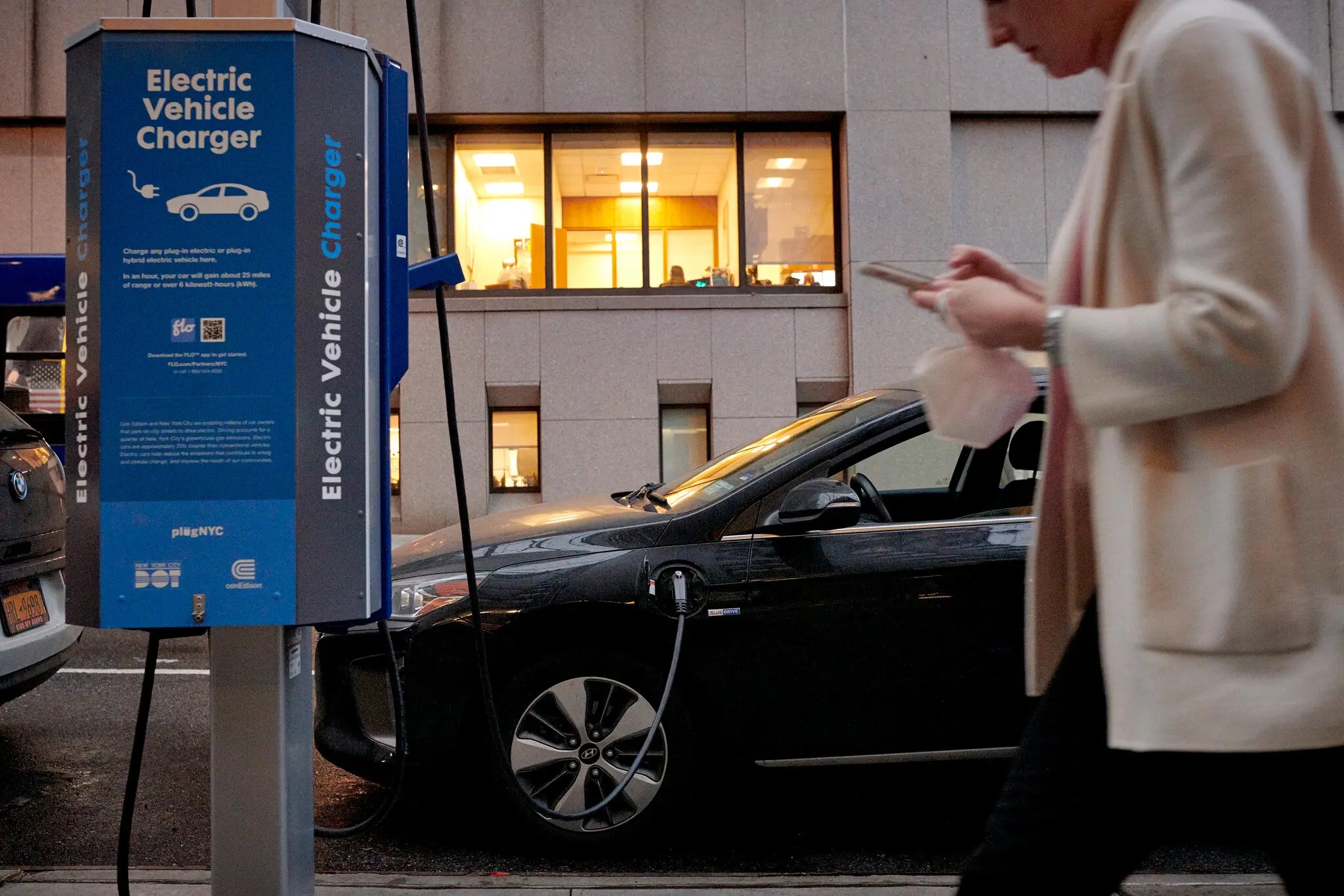
Biden has aggressively pushed to help accelerate the country’s shift to electric vehicles. Credit-New York Times
In promising to address such gaps, Mr. Biden’s 2020 campaign cited a now-defunct education group, which had assessed the discrepancies at the time. Experts were not aware of a current analysis that provides a direct comparison.
But the truth of the matter is that the Title I funding alone cannot solve such funding gaps because school districts are overwhelmingly funded at the state and local level.
“As president, Biden will build on this progress by enacting legislation to ensure that every hard-working individual, including those attending school part-time and Dreamers (young adults who came to the U.S. as children), can go to community college for up to two years without having to pay tuition.” “Make public colleges and universities tuition-free for all families with incomes below $125,000.”
That quote above was one of the many promises Biden made on his campaign trail. The Biden administration has not successfully turned these promises into reality, though it has proposed dedicating funding to them. In its budget proposal for fiscal year 2024, for example, the administration requested $90 billion over 10 years to make two years of community college free.
Additionally, the administration asked for two years of “subsidized tuition” for students of families earning less than $125,000, and specifically for students attending historically Black colleges and universities or other colleges dedicated to minority students.
Biden’s stance on criminal justice during his campaign was to eliminate the death penalty as there was no sure process to ensure all cases were treated accurately and to use the president’s clemency power to secure the release of individuals facing unduly long sentences for certain nonviolent and drug crimes.
While Biden has not eliminated the death penalty, which would require legislation. His administration has taken some steps toward curtailing the use of capital punishment, but some who oppose it have said Biden has not acted aggressively enough.
In 2021, Attorney General Merrick B. Garland imposed a moratorium on federal executions after the Trump administration resumed the practice after a hiatus of nearly two decades. The Justice Department has not pursued the death penalty in new cases under Mr. Garland.
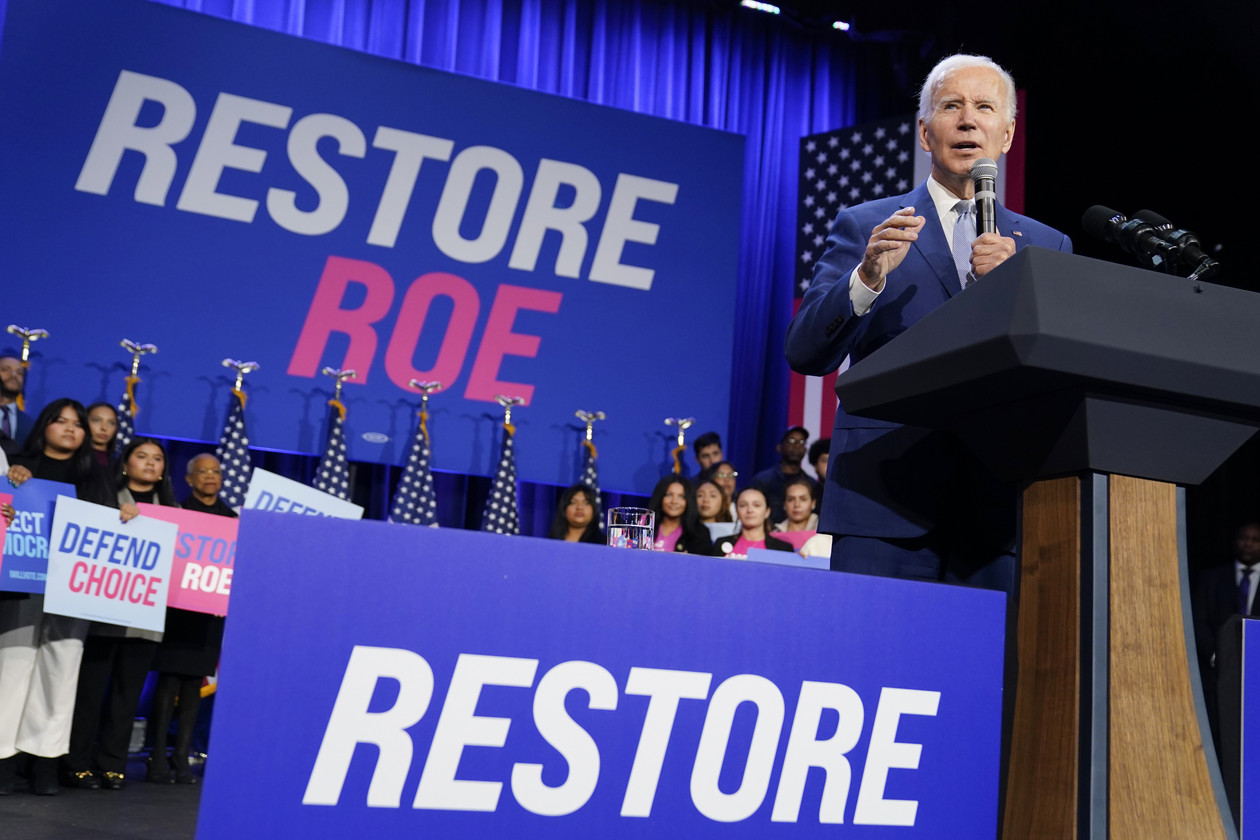
Though Biden has advocated codifying Roe v. Wade since the Supreme Court struck down the constitutional right to abortion, he doesn’t have the votes to do it. Credit-Politico
That said, federal prosecutors also declined to change course in a case initiated under the Trump administration that sought the death penalty against a man who killed eight people in a 2017 truck attack in Manhattan. The suspect, Sayfullo Saipov, was ultimately sentenced this year to life in prison after a jury could not agree whether to impose the death penalty.
Biden has followed through with his commitment on the clemency front though, first using his clemency powers in 2022, commuting the sentences of 75 drug offenders and issuing three pardons. Months later, he pardoned thousands of people convicted of marijuana possession under federal law.
On the economic front, Biden said his administration was going to invest in infrastructure, clean energy and manufacturing, and so much more. “We’ll create millions of good paying American jobs and get the job market back on the path to full employment”.
Biden to his credit has presided over a swift economic recovery buoyed by bills he championed, allocating billions of dollars in Covid aid, as well as major investments in manufacturing and infrastructure projects.
Three years after Covid shuttered much of the country, the unemployment rate is near 50-year lows, the economy has added tens of millions of jobs and wages are rising on average. But high inflation through much of 2022 overshadowed those gains for many, denting Biden’s economic record and miring the administration for a time in debates over whether its stimulus efforts were too aggressive.
The White House has since emphasized various cost-cutting initiatives aimed at balancing out rising prices, most notably winning reductions in certain prescription drug costs. The pace of inflation is now cooling, though not enough yet to fully alleviate concerns.
On protecting access to abortion, Biden during his campaign was quoted as saying “We’re in a situation where I would codify Roe v. Wade as defined by Casey. It should be the law, and there’s no reason why, if the Supreme Court makes the judgment that everybody’s worried about with these appeals going to the Supreme Court, that in exchange, I would codify Roe v. Wade and Casey.”
The Supreme Court ended up making the judgment that Democrats were worried about, striking down the constitutional right to abortion. Though Biden has advocated codifying Roe v. Wade since then, he simply doesn’t have the votes to do it.
The White House has instead done as much as it believes it can do on its own, including unraveling Trump-era restrictions on family planning funding and taking steps to protect access to medication abortion and help women travel across state borders to obtain the procedure. It’s also defending against other lawsuits aimed at further restricting access to reproductive health.
But those threats are ongoing, and will continue to test Biden’s desire to balance safeguarding abortion access with his reluctance to take more drastic steps pushed by activists that he worries could further draw the administration into a protracted legal battle.
Regarding ending gun Violence, Biden during his campaign said “No one needs an AR-15. I promise you, I will get these weapons of war off the street again and out of our communities.”
Biden oversaw passage of the most comprehensive gun safety legislation in nearly three decades. The only problem: It fell well short of taking the kinds of decisive actions that he pledged to deliver on the campaign trail.
The gun safety law passed in June 2022 made only limited improvements to background checks and did nothing to restrict access to assault weapons. And despite Biden’s promise to ban those weapons in the aftermath of several mass shootings over the last year, he’s made no progress toward convincing Congress to act.
While it’s clear Biden hasn’t entirely delivered on all his campaign promises, he has taken some bold steps in gaining some measure of trust from Americans. How he manages to fulfill all the remaining campaign promises without the U.S. legislature and Judiciary backing him entirely remains to be seen.





